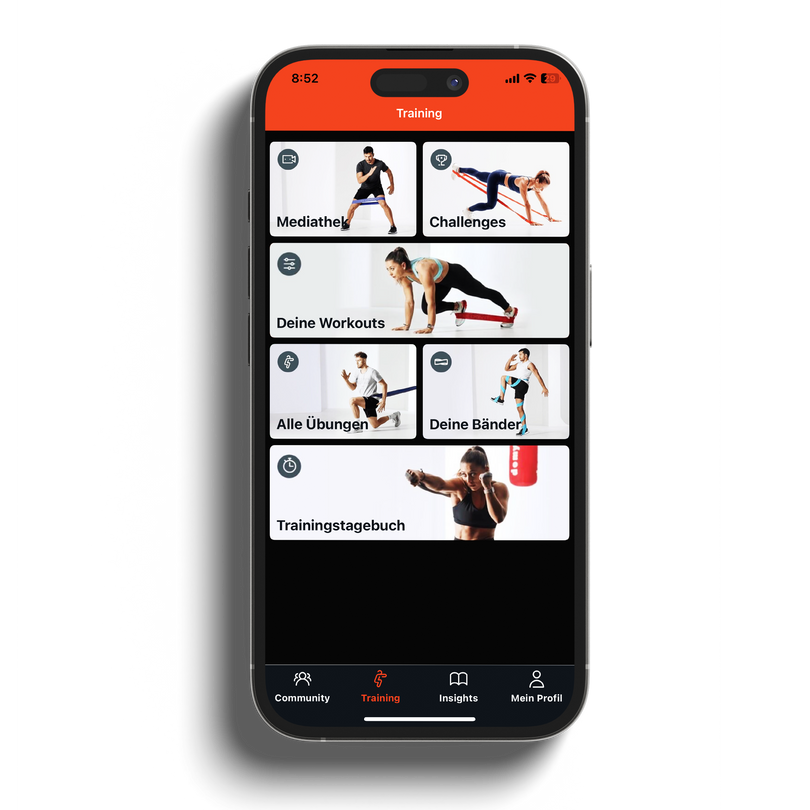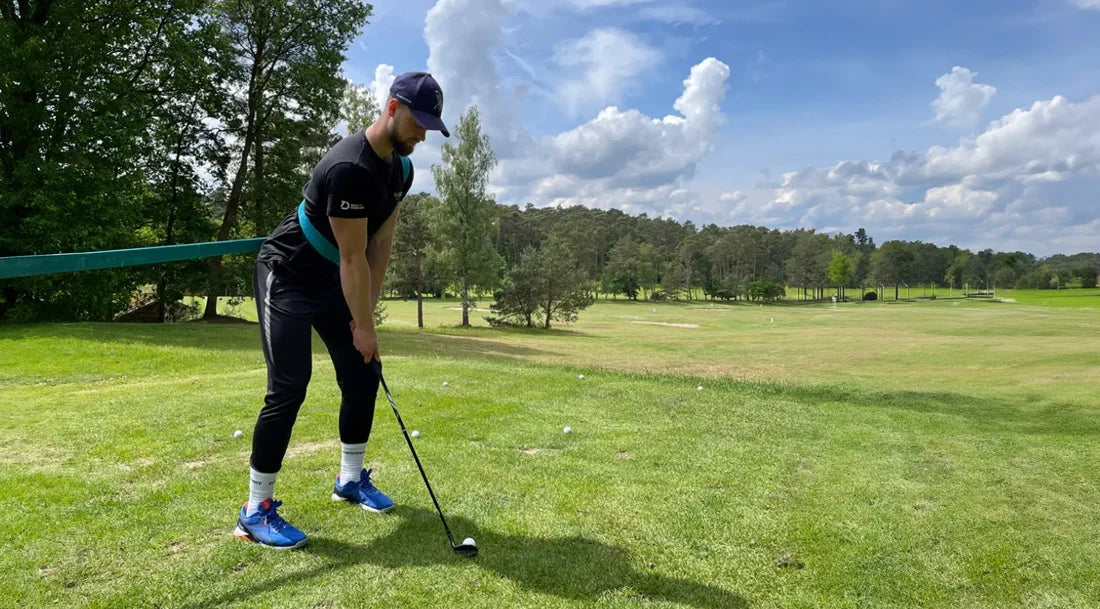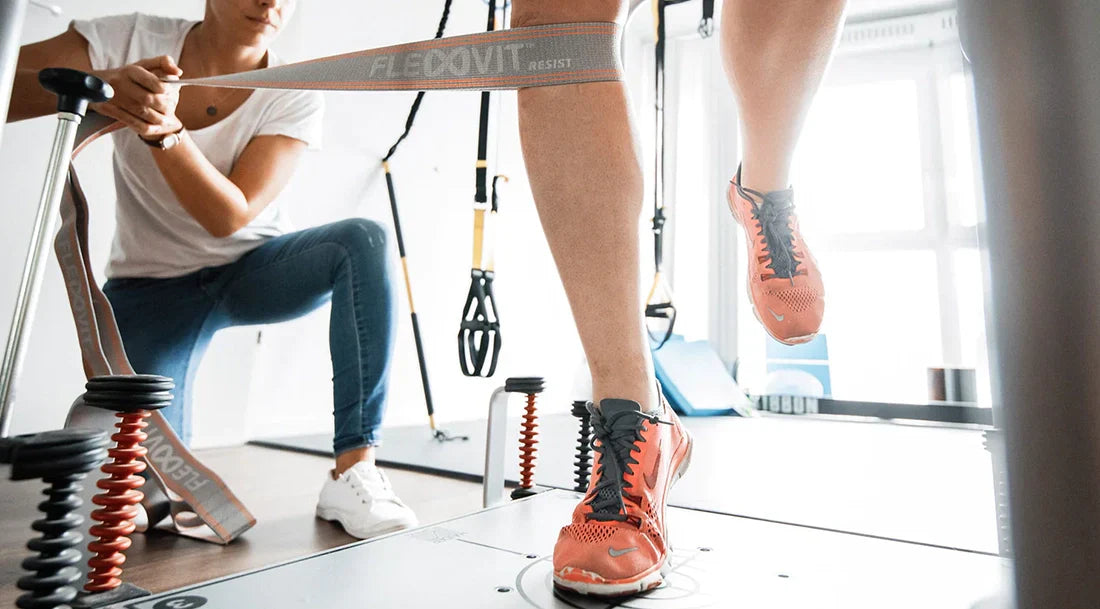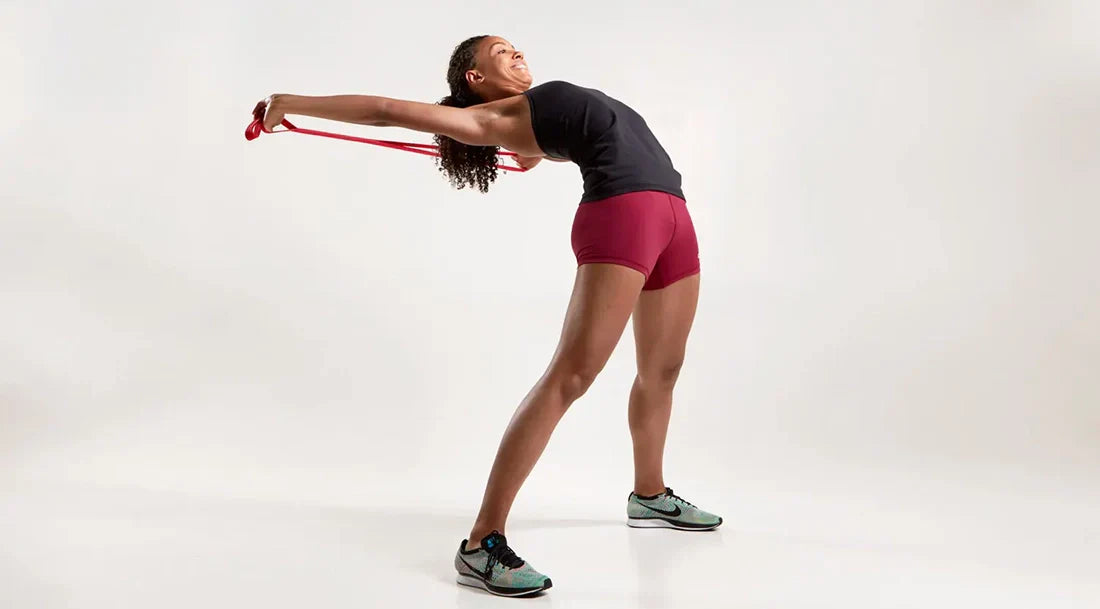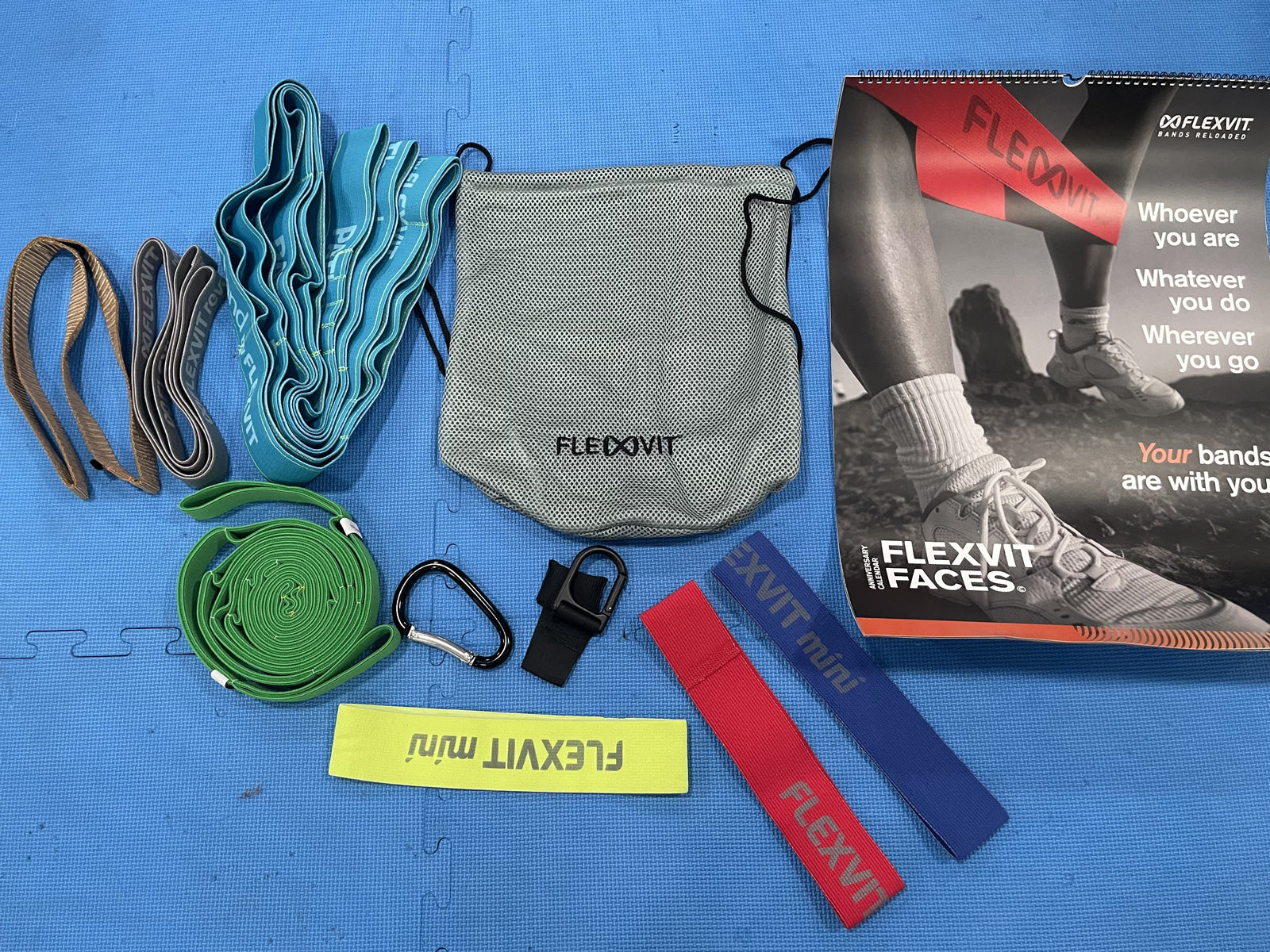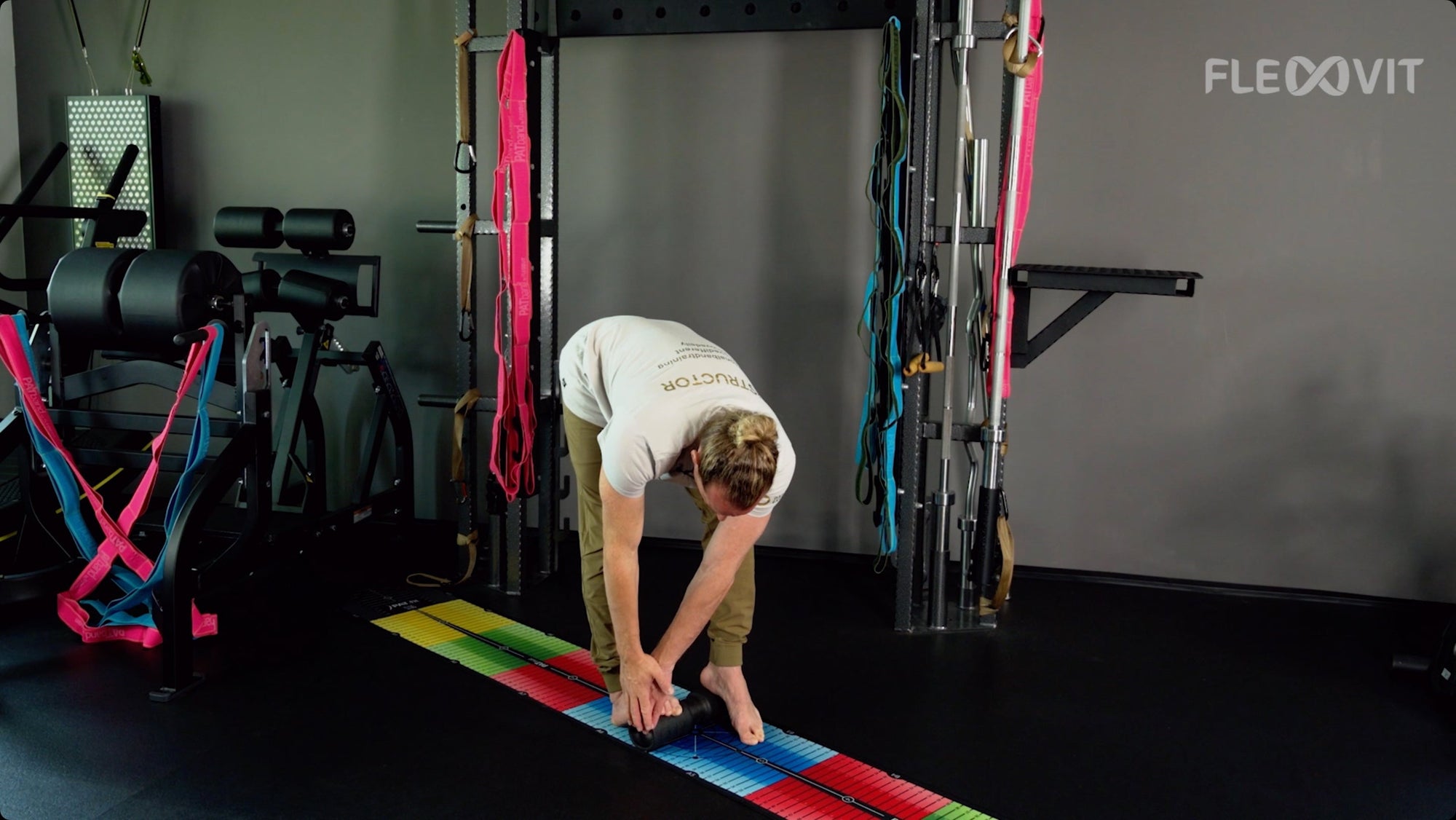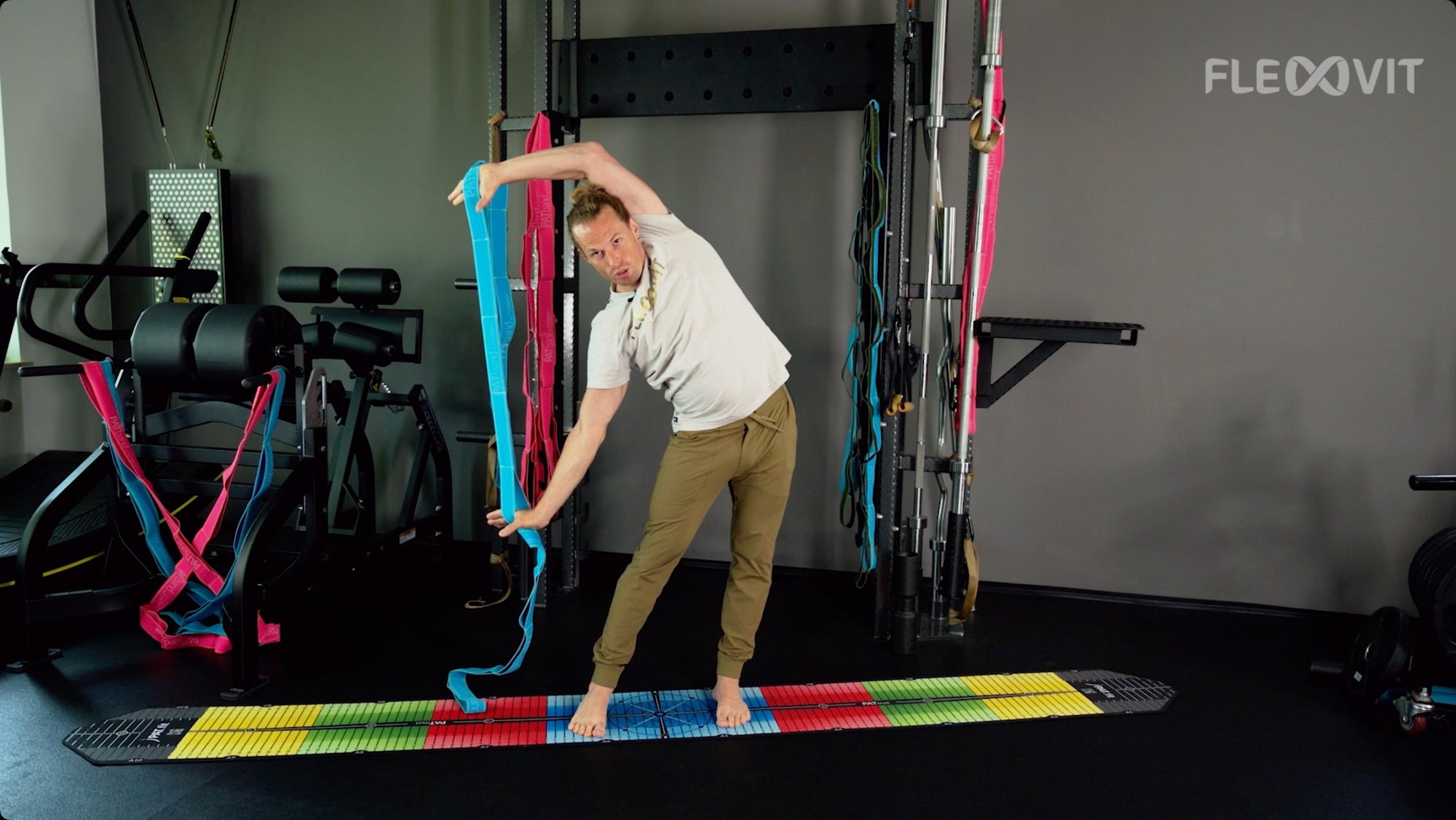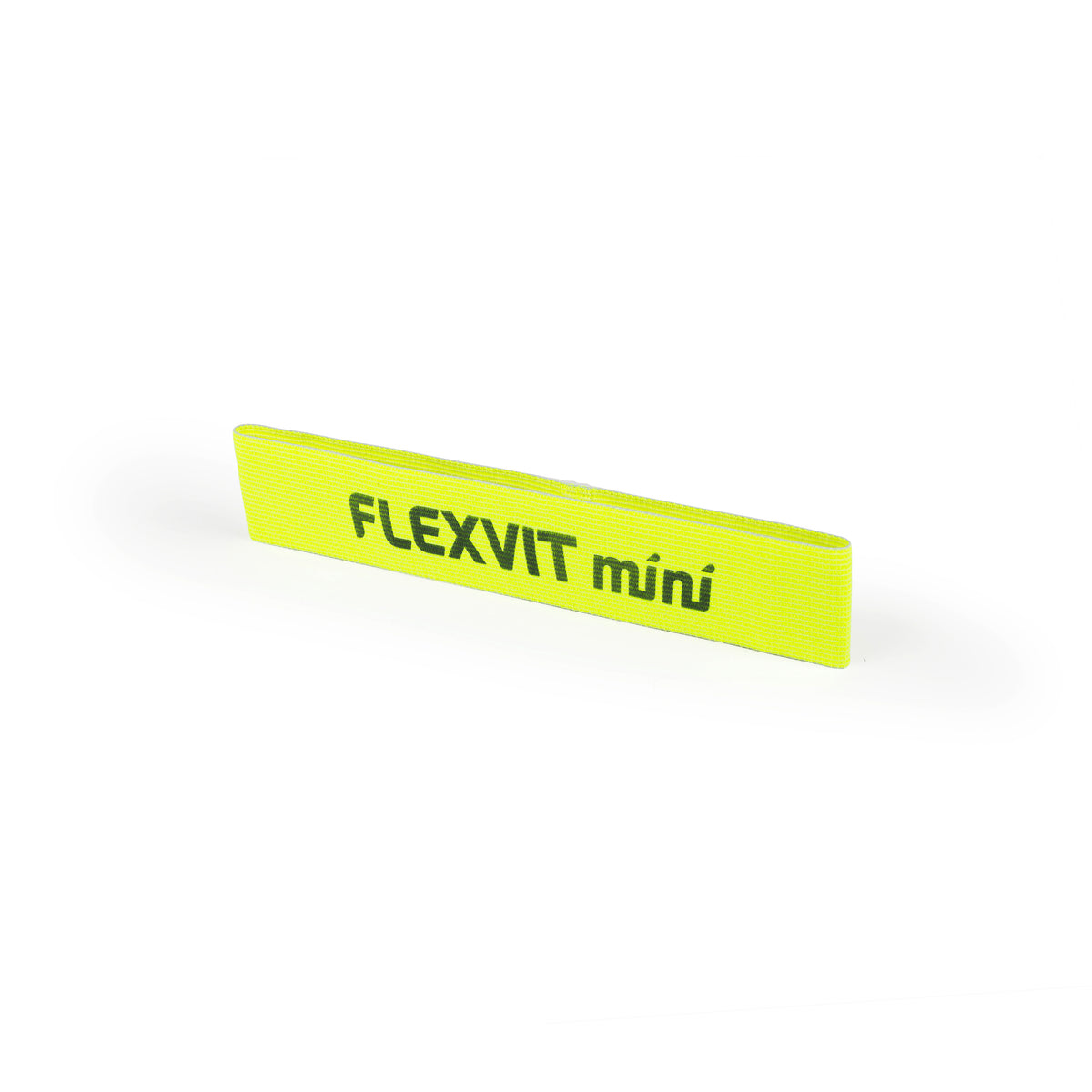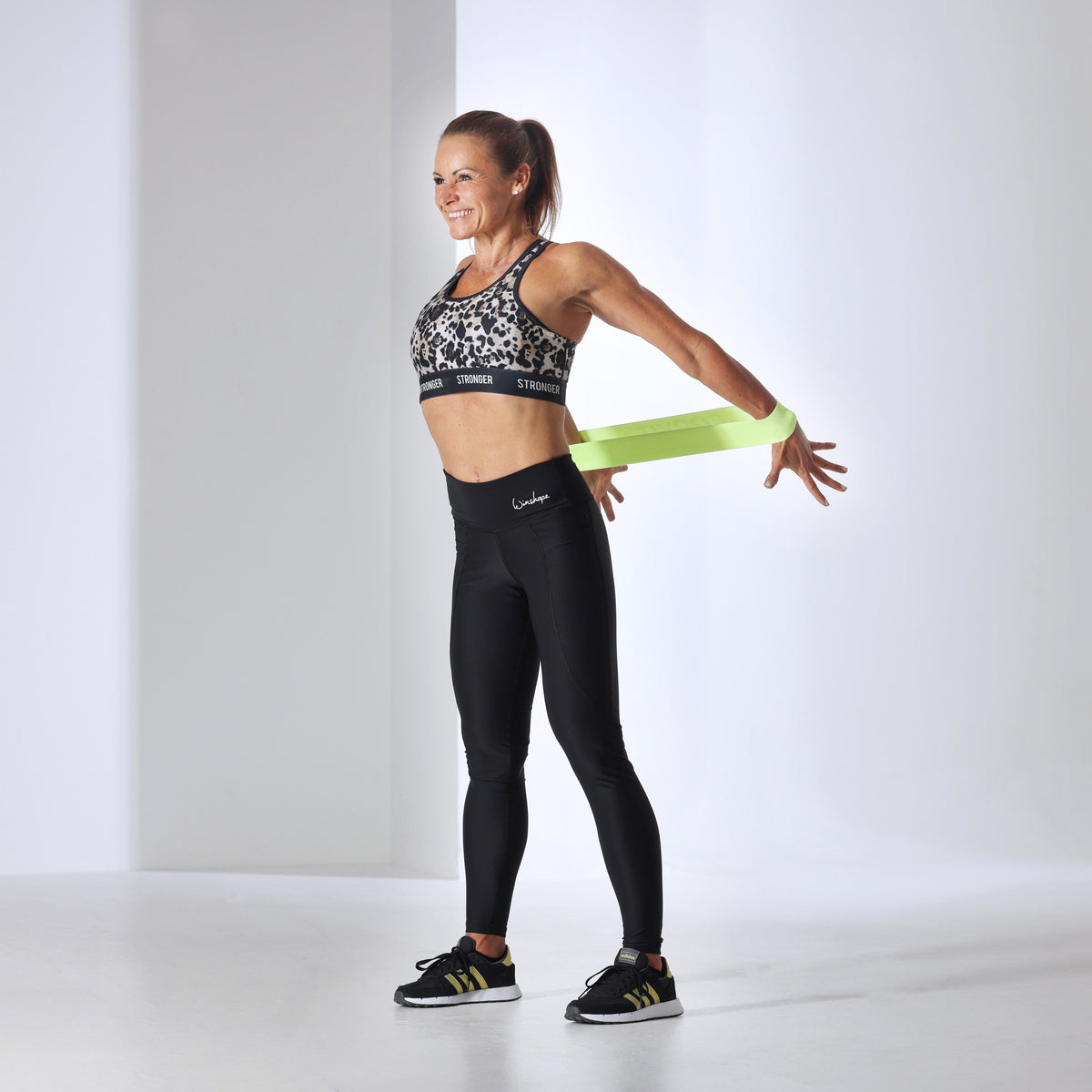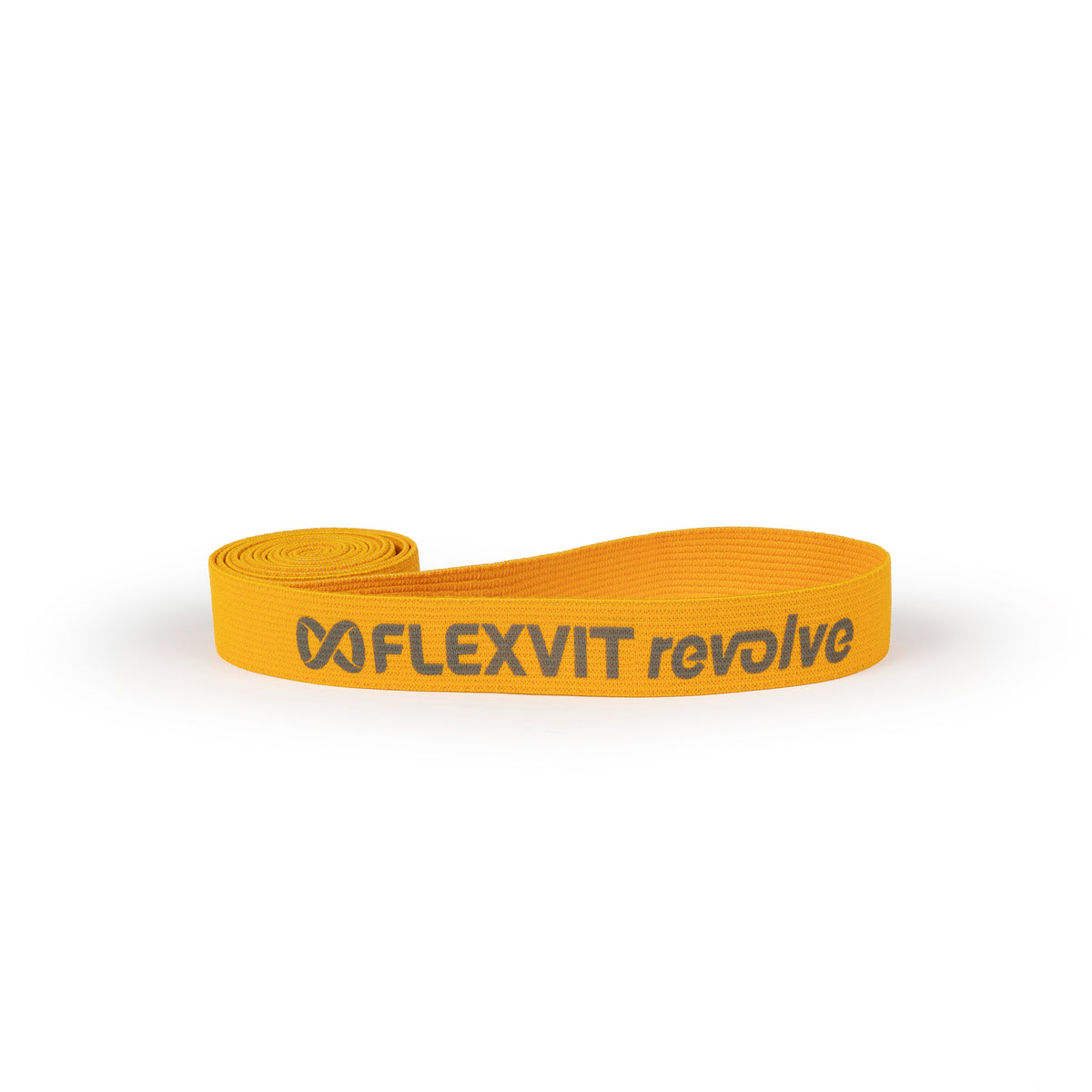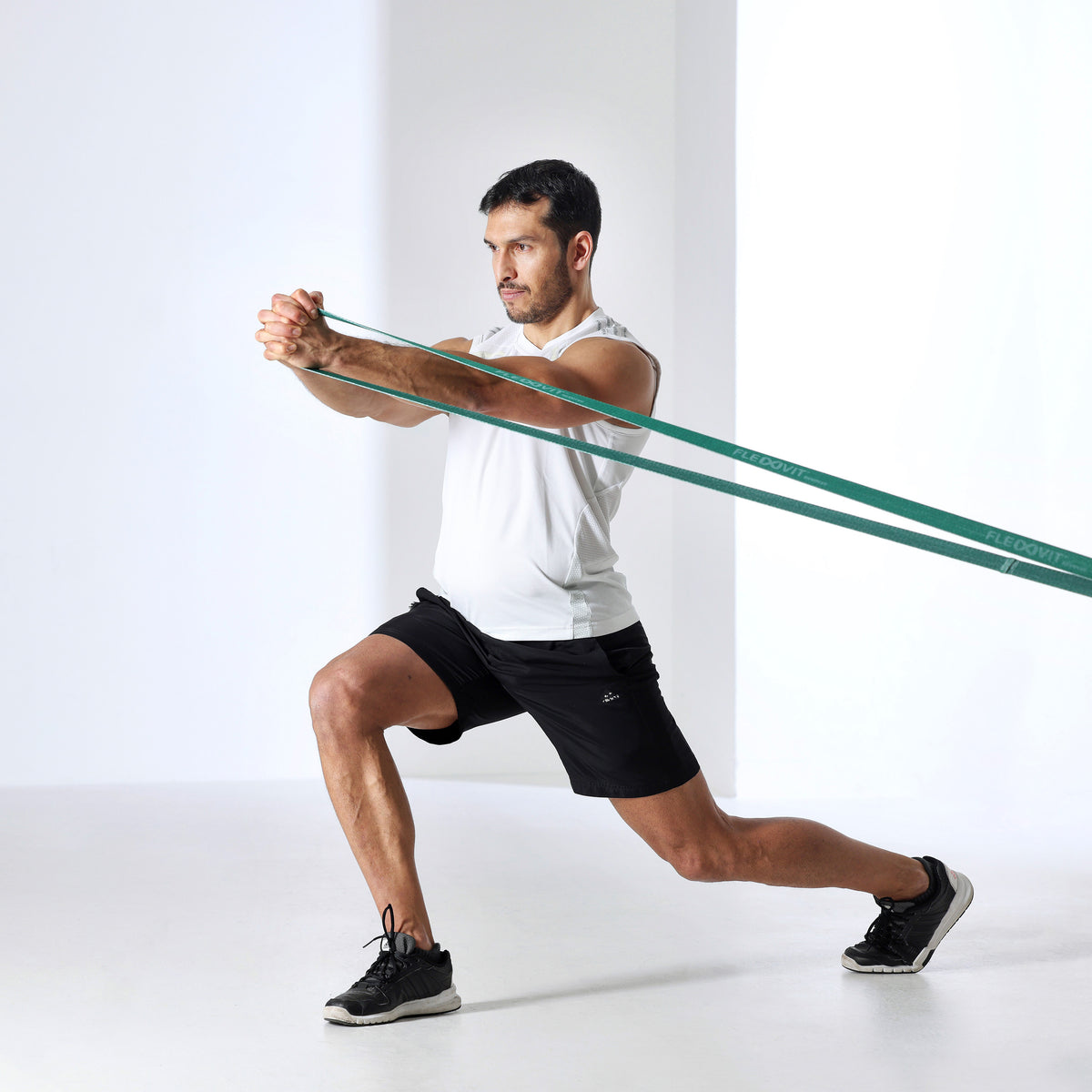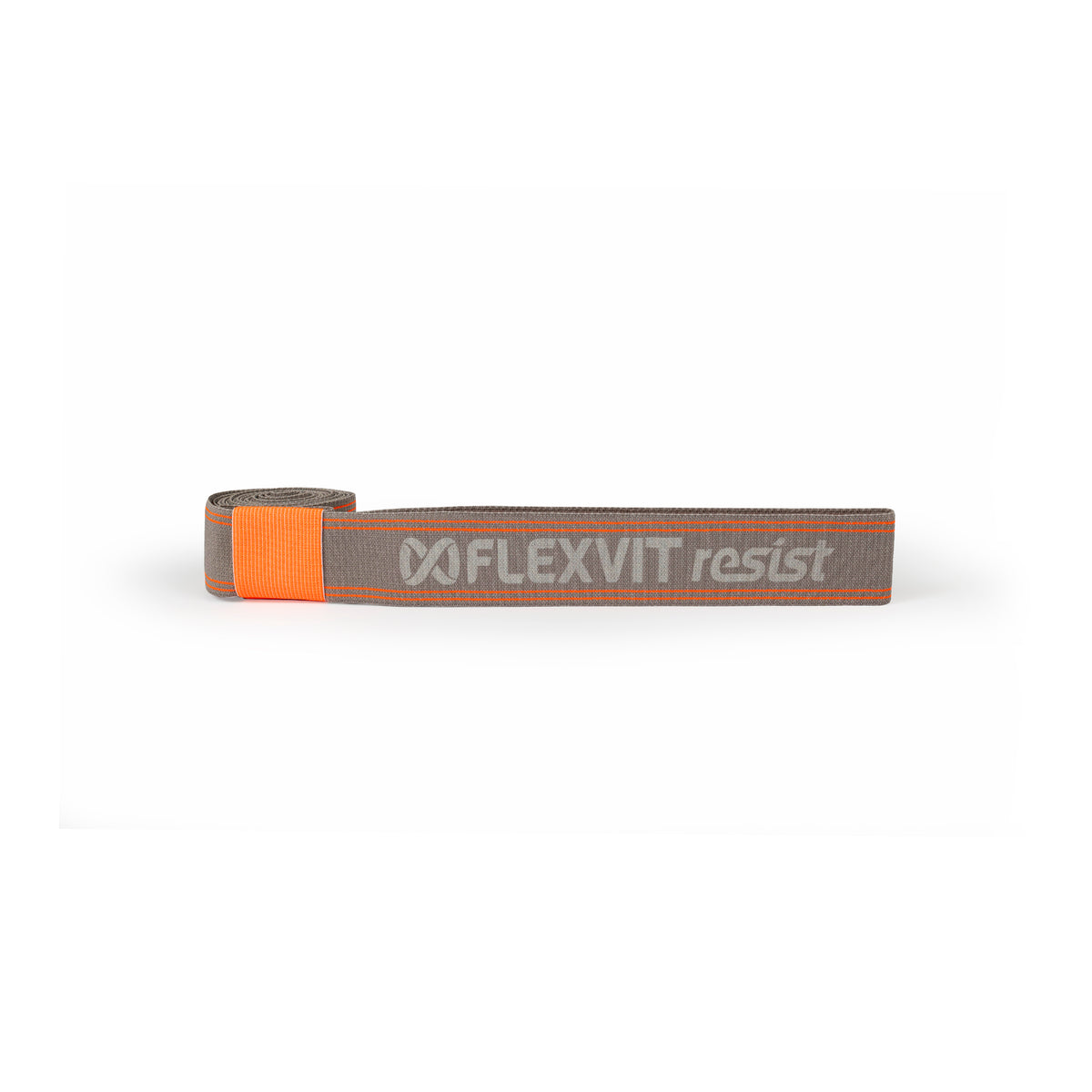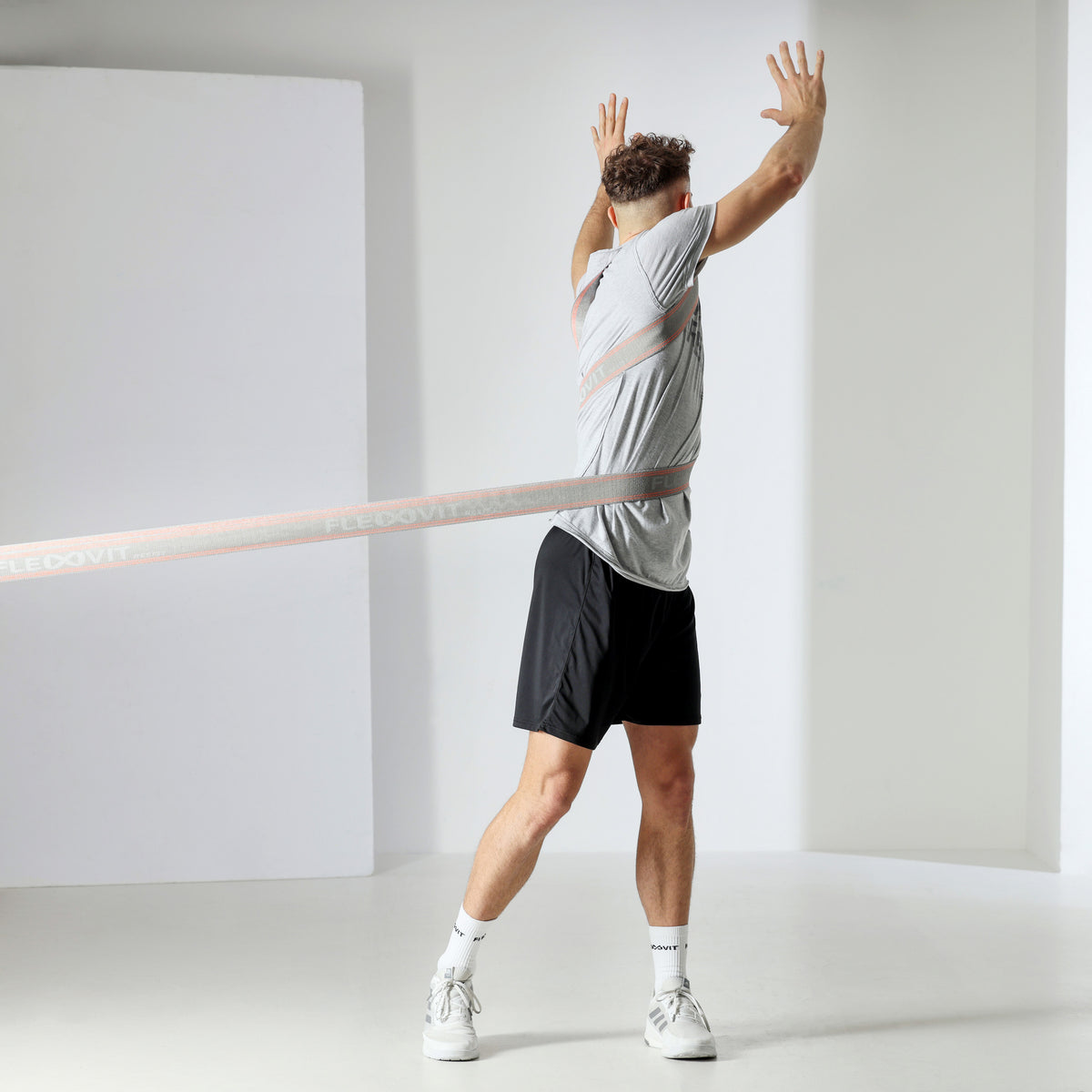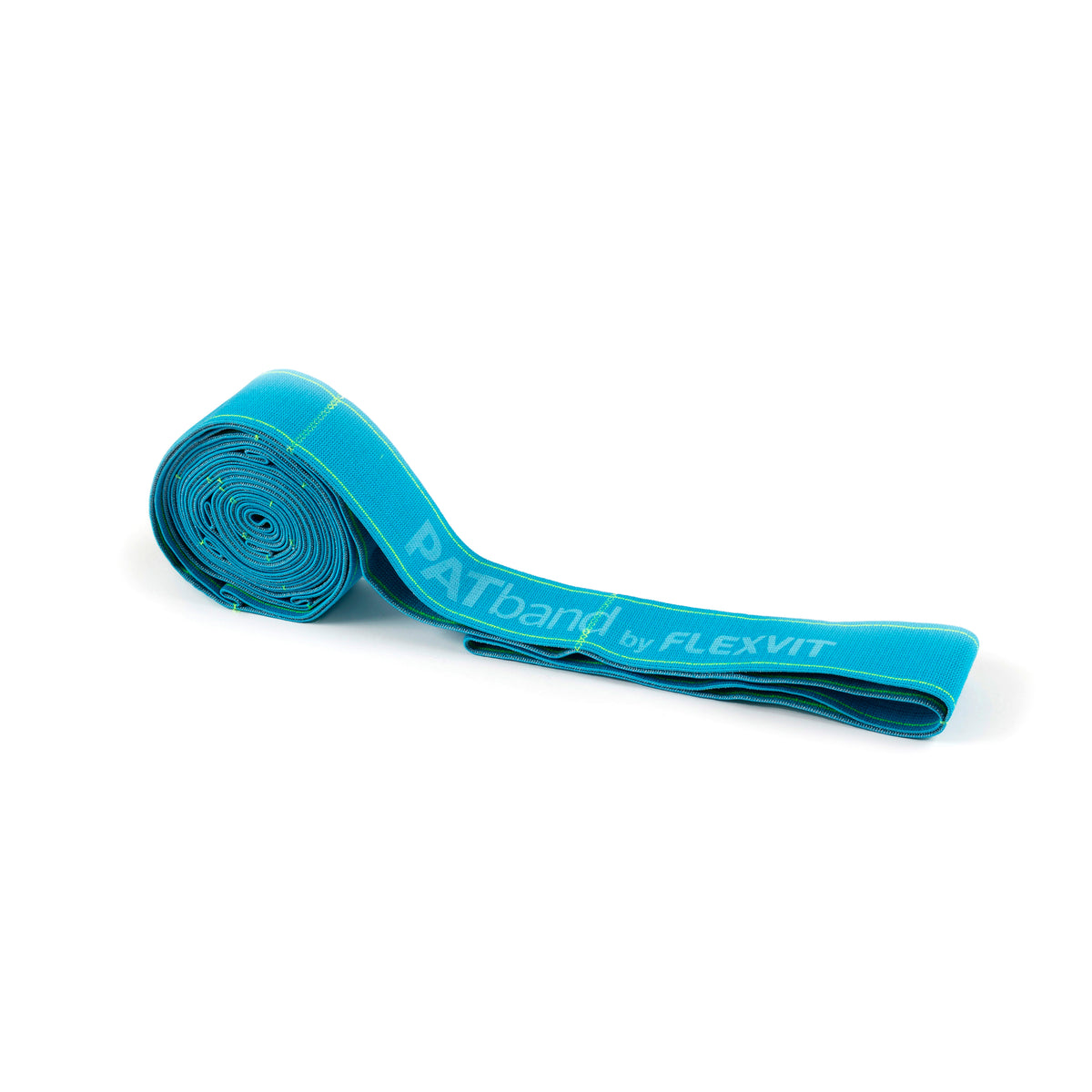Athletic training in golf - everyone who plays golf has certainly wondered at some point how he can get a yard or two more: We'll show you how it's done! With our new course for Functional Band Training in golf!
If you want to play golf successfully, you also have to be diligent off the green. Athletic training in golf is therefore not completely unknown. In fact, in the golf world, there is now an established awareness that athletic training has an extremely positive effect on physical and mental performance.
Benefits carry over to the whole sport: The ball flies further, the golf game becomes more consistent and above all it is extremely important to prevent injuries. Brooks Koepka, Rory McIlroy, Dustin Johnson and Bryson DeChambeau, to name just a few world-class golfers, have long been model athletes off the course as well.
You can find our course for your athletic training in golf here!

Athletic Training in Golf: Why?
Since golf is characterized by countless one-sided swing movements, muscular imbalances inevitably arise in the body. The body regions and muscle groups that are frequently used, tend to increase in strength and decrease in elasticity compared to their counterparts. If this imbalance persists over a longer period of time, it is very likely to be responsible for complaints and injuries to these unilaterally stressed muscles.
The best golfer loses the fun of his sport when he plays in pain or when the discomfort prevents him from playing at all. In fact, golf is perfect for all age groups. Golf can be a lifelong sport if the body cooperates. Therefore, in addition to “more length and consistency”, as the pros so beautifully demonstrate, pain-free movement should be the priority for all golfers.
How do I train my athletics in golf?
The first step in this direction is the realization that a golfer is not just a golfer who needs golf-specific training. But first and foremost a person and athlete whose physical capacities are determined by his sports biography and everyday life.
Therefore, every "golf-athletic" training should aim to positively influence the golfer's life away from the course. As a result, the following objectives can be derived for goal-oriented athletic training:
With athletic training in golf, we want to balance out one-sided sporting stress and sport-related imbalances. In this way we want to preventively ensure long-term freedom from pain and injury (also away from the golf course). In the end, of course, golf is still in the foreground, in which we want to bring more performance into your own game through sport-specific golf athletic training.

Athletic training in golf: basic movement patterns as a basis
The sporty and athletic foundation of the body form the so-called seven basic movement patterns - at FLEXVIT also known as the Daily-7-Concept, which should be an integral part of every training:
- Plank (trunk stability)
- push
- pull
- Hinge (hip flexion and extension movement)
- Lung (lunge pattern)
- Squat (squat pattern)
- rotation
These should always be a fundamental part of the routine and thus form the basis for holistic training. The mistake that is often made is that too much is trained in the area of a movement pattern and, for example, only pressure exercises are carried out. Muscle groups that are used in the other movement patterns do not receive enough attention and imbalances arise. So be careful and consider every movement pattern in your training!
Athletic training in golf: Train rotation
The backswing consists of several phases: First, the dynamic opening takes place, followed by the explosive downswing phase, which should end in a stable finish.
In addition to a sideways movement and weight shifting from one leg to the other, this sequence of movements is the basic movement pattern of the rotation. The rotation should take place with a stable trunk, a flexible hip and thoracic spine.
If this physical rotation ability is not given, two negative factors result for the golf swing. On the one hand, the striking distance is reduced. And secondly, and the much more important component for us, this results in a significantly increased risk of injury in the back area. In this case, the body gets the power of movement from unsuitable areas. In this example, the rotation would take place more in the lumbar spine. However, their ability to rotate is extremely limited and quickly reaches its limits. Complaints and injuries in this area are a logical consequence and one of the most common injuries in golf.
Athletic training in golf: Improve coupling ability
Also, it should be borne in mind that for a dynamic golf swing, coupling ability is one of the most important skills. It describes how well individual body parts merge into a dynamic overall movement.
Let's transfer this knowledge to golf: How well can individual body parts be accelerated throughout the chain in order to achieve maximum efficiency and club head speed? It makes sense to train functionally and in whole chains in athletic training, rather than just strengthening individual muscles in isolation. Because when you train in isolation, the muscles are often not prepared to work efficiently with each other during the movement process.
Athletic training in golf: That's important!
Before starting a training program, the current status of the golfer should be assessed. There should be screening to assess pelvic tilt and rotation, thoracic and shoulder girdle mobility, trunk rotation, and unilateral lower body stability, e.g. one-legged stand or one-legged hip press. This then serves as the basis for creating an individually tailored training program that challenges the golfer - but does not overwhelm him.
Due to the requirements described, we have put together a few exercises for you, each of which focuses on a relevant sport-specific focus from golf.
Athletic training in golf: Mobilization of the hips and thoracic spine with the FLEXVIT Resist

Why should you mobilize here? The leg placed on the side blocks the movement in the hip. This requires active rotation in the thoracic spine segment.
 |
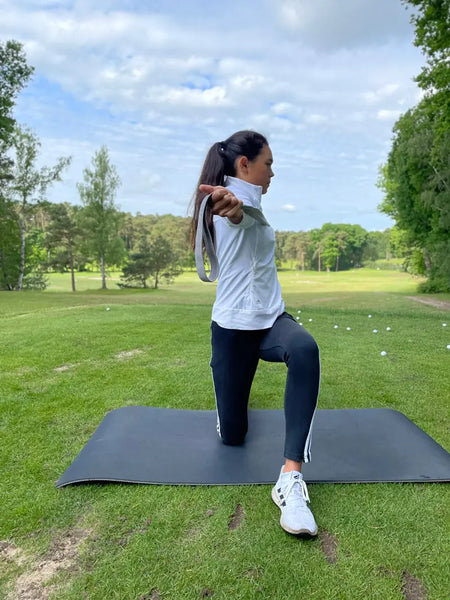 |
We will show you how the hips and thoracic spine are mobilized: Here, from half kneeling, both the hip flexors and the thighs are tensed (by stretching the hips and tensing the buttocks (right – left in the picture)). In addition, the upper body rotates towards the front leg.
Athletic training in golf: Control of rotation
 |
 |
The leg side is charged. Next, a maximum rotation impulse is generated in the upper body with a powerful push-off into the ground. This is where power is transferred from the lower body to the upper body.
Athletic training in golf: Anti-rotation (counteracting an external resistance through active tension in the trunk)

The torso must work anti-rotationally as desired and counteract external resistance. The aim is to always bring your hands diagonally up in the middle in front of your breastbone and back towards your body.
This is about anti-rotation, where we counteract external resistance through active tension in the trunk. This exercise is also called the Pallof Press:
Athletic training in golf: Movements in the frontal plane (lateral training plane)

For the exercise, we go into a side lunge with thoracic spine rotation: Here, a side lunge is set and one leg / hip side is loaded with weight (here bent leg right - in the picture left).
In addition to this, an active rotation is again integrated into the ESPE. The maximum point of opening should be held briefly and controlled.
Athletic training in golf: Increasing strength and explosiveness
 |
 |
A training plan should never be a one-rep, one-pace workout. It is therefore necessary to load some exercises heavier and thereby emphasize the strengthening aspect.
 |
 |
On the other hand, explosive exercises should be carried out with a relatively low load. A maximum movement speed is then in the foreground here.
Athletic training in golf: Training the ability to couple and complex movement patterns
 |
 |
Here, a small swinging movement is integrated into the squat and thus a charging rotation in the upper body. This is followed by a powerful push-off from the ground and thus the coupling of knee and hip extension as well as power transmission via the hips into the upper body rotation.
Athletic training in golf: Integrate unilateral and contralateral movements
 |
 |
In this exercise, tension in the buttocks on the side of the standing leg is combined with a pull on the diagonal back side and activated at the same time.
This involves training the contralateral muscle chain Posterior Oblique Sling (POS). In the rear chain, the gluteus maximus and lattisimus dorsi are connected to each other via the so-called thoracolumbar fascia (fascia thoracolumbalis).
Golf Athletic Training: What you should take away from this article
Golf is an incredibly great and very diverse sport. It requires exceptional skill and precision. And it's even more fun when the body is efficient and pain-free. In order to achieve this status, it is important to train the golfer as a person and as an athlete.
A broad functional basis of mobility and stability and a certain level of performance quickly lead to more length and consistency. And to an active and symptom-free everyday life.
Better performance in golf doesn't always mean hitting the ball further, but perhaps also mastering the multi-day club championship without complaints or skillfully getting the ball out of the hole with a solid scale after a nice birdie.
The fact is: Athletic training should be part of every golfer's routine, like putting a putter in a golf bag.

